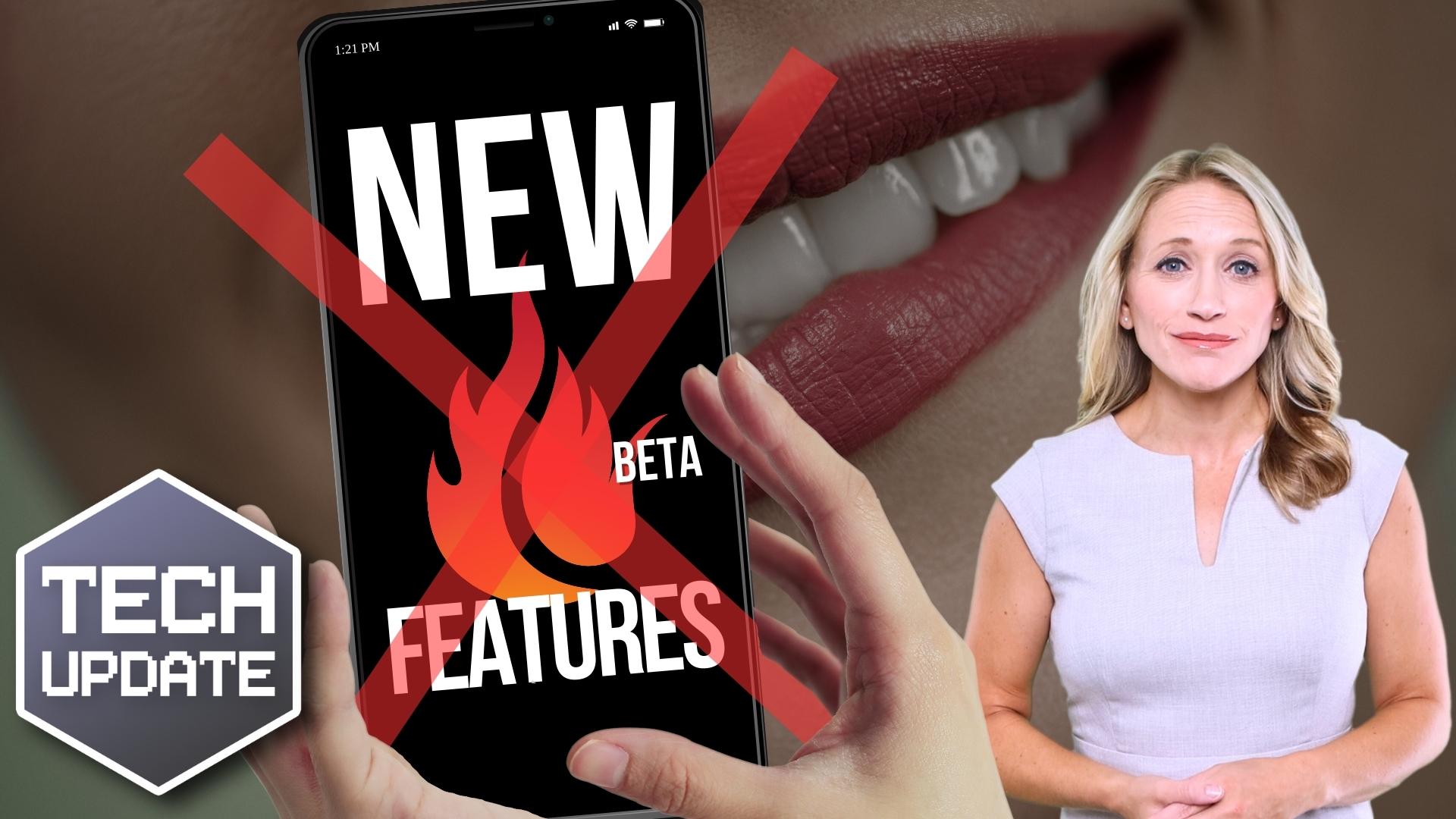Never mind “can’t teach an old dog new tricks”…
New research has uncovered an unexpected twist in the tale of cyber security risks – your tech-savvy younger employees may be your biggest vulnerability.
Shocked? Let’s dive into the details.
More than 6,500 employees across the globe were surveyed, with an almost equal representation of demographics. The results were rather alarming.
The study found that younger office workers, those 40 or under, are more likely to disregard standard password safety guidelines. Can you believe that 34% admitted to using their birth dates as passwords, compared to just 19% of those over 40?
And it doesn’t stop there.
The habit of using the same password across multiple devices was also more prevalent among younger workers, with 38% admitting to doing this.
And let’s not even get started on phishing scams. A whopping 23% of the younger demographic didn’t report the last phishing attempt they received. Their reasoning? “I didn’t think it was important”.
But surely they understand the gravity of security threats against businesses, right? Well, not quite.
While ransomware and phishing were acknowledged as critical threats by 23% and 22% of employees respectively, the overall attitude towards cyber security leaves much to be desired.
Here’s the kicker: a staggering number of those surveyed revealed that their organizations did NOT provide any mandatory cyber security training.
From the US (30%) to the UK (17%), Netherlands (32%), Japan (35%), India (31%), Germany (22%), France (43%), Australia (29%) and China (65%) – the numbers speak for themselves.
So, are we really to blame our young workforce when it’s clear that businesses aren’t doing enough to equip their employees with the necessary cyber security skills?
It’s high time we stopped treating cyber security as an afterthought and started investing in regular cyber awareness training for everyone in our businesses. Yes, EVERYONE. Not just the tech team or the executives, but every single employee.
At the end of the day, it’s not just about protecting your business; it’s about creating a safer digital world for us all.
We can help you do that. Get in touch.










